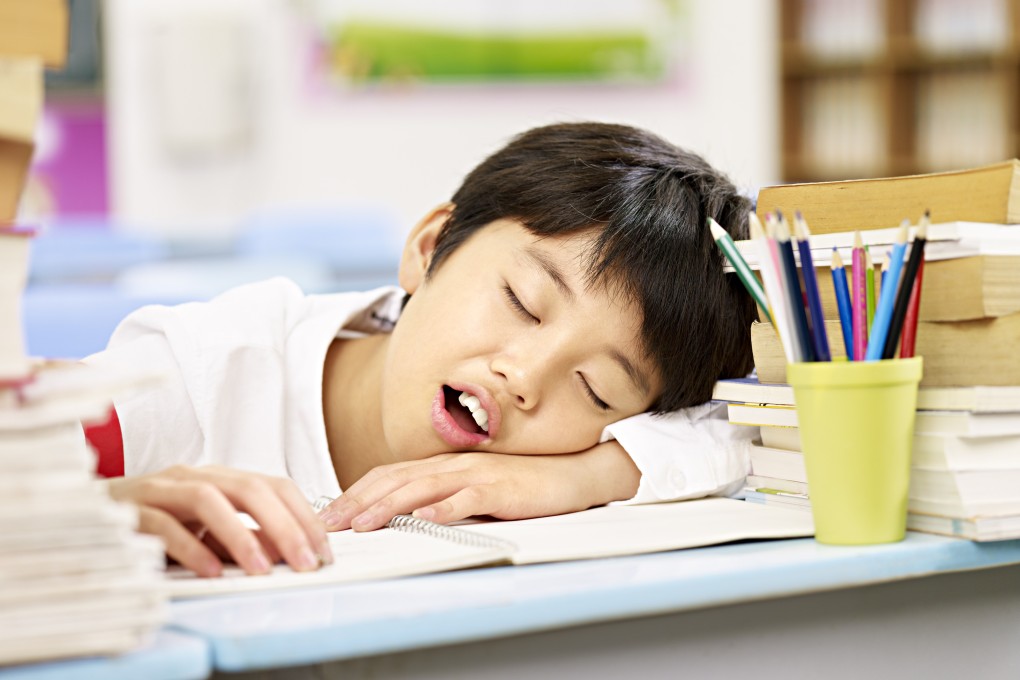Should teachers let their students sleep in class? Yes, some mental health experts say, and point to possible underlying reasons for the behaviour
- A student snoozing in a lesson may not be a sign of disrespect, but a symptom of a deeper problem such as depression, anxiety, stress or family issues
- Teachers can let the student sleep in class and investigate why later, a therapist says. Parents can help children sleep better by having rules on screen time

You know the image from TV and films – the delinquent, defiant student slumped over his desk, fast asleep in class. But some teachers today are making waves on social media for letting their students snooze in class, arguing that sleeping in class isn’t always the mark of a lazy, disrespectful student – it could be an indicator of more serious mental health issues at play.
TikTok user @bcholeman garnered 7.4 million likes for a video he posted about cutting students some slack when it comes to sleep.
“Sometimes the nicest thing a teacher can do for a student is let them come in, lay their head down and go to sleep,” he said. “Life can hit hard, and we all need some grace.”
User @ms.old says she also lets her students sleep in class sometimes. She believes if a student takes a nap in the morning, they tend to be “more refreshed for the rest of the day … less likely to have an attitude problem (and) more likely to be motivated to do the next activity”.

Experts agree sleeping in class doesn’t always stem from laziness; instead, it could be an indicator that something more serious is going on.